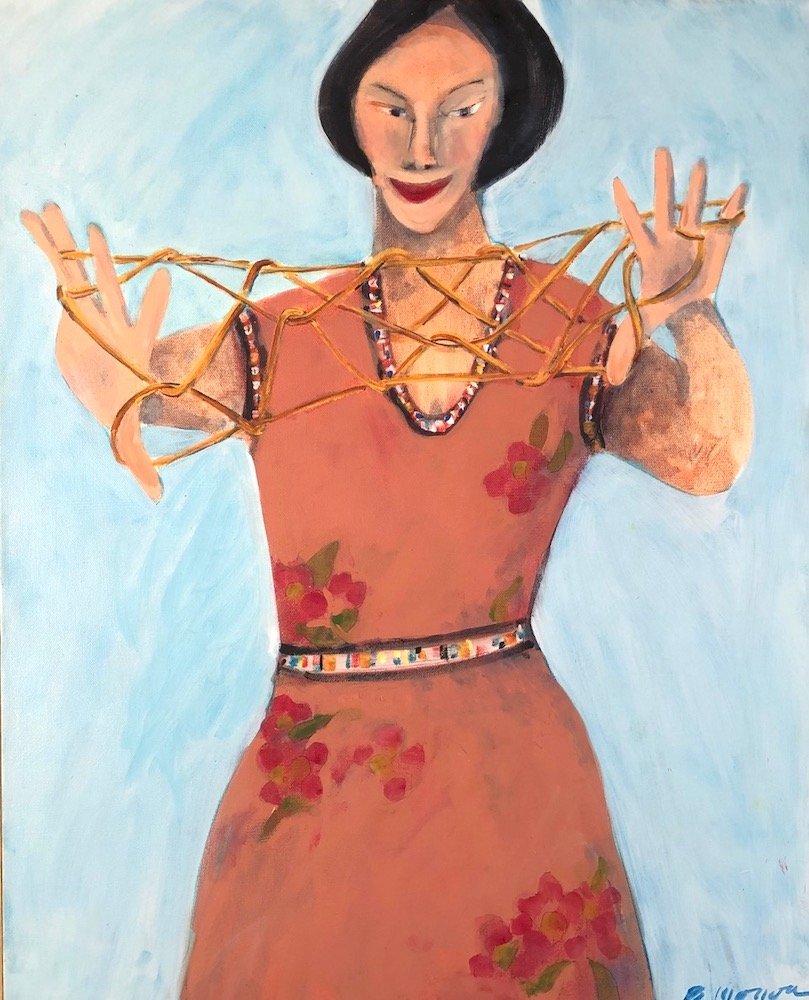BRUCE MORROW - painter and printmaker
Narrative paintings of Western Americana are the hallmark of Bruce Morrow's work. Morrow paints in a loose, direct style with little or no underpainting often using bright color to achieve fresh, spontaneous images. Humor is a not an uncommon element in his work.
Morrow has been working on several different projects. Most dear to him being the portrait of Buffy entitled Speak. A series of three paintings depicting angels are inspired by Hopi kachinas, and several pieces on board are inspired by the artist’s view from his garden.
Click image to enlarge and see size, or to purchase.
Patriot - watercolor by Bruce Morrow
$1,100.00
Speak - oil on canvas by Bruce Morrow
$3,850.00
Courtyard - oil on panel by Bruce Morrow
$1,800.00
The Web - oil on canvas by Bruce Morrow
$3,000.00
Morrow comments: “The triptych or trilogy, I call them angels, started with the Kachina type figure. It came easy . (I struggle with a lot of my paintings) painting and repainting them to get the right texture, color and feeling. As the first one seemed easy not so the second one “Earthbound Angel” Since these were from my imagination, there was no photo to compare or check the right body placement. I struggled with the wing element. It was a large prominent part of the painting, and painting it to make sense but not too literal took some time. About the same time I started The second one I also started the “Phoenix. It too spent a long time on the easel.”
Bruce explains: “Last year I had printed some blended roles of sunset colors on board. Along with painting on the canvases I started putting foreground trees and shrubs on top of the sunset role. These came to be the garden series. We have a couple of acres and a west view toward the Olympic Mountains. I love to garden and love watching it change with the seasons.”
Other Recent paintings
Hoe Down - oil on canvas by Bruce Morrow
$1,800.00
Swinging - oil on canvas by Bruce Morrow
$2,200.00

























